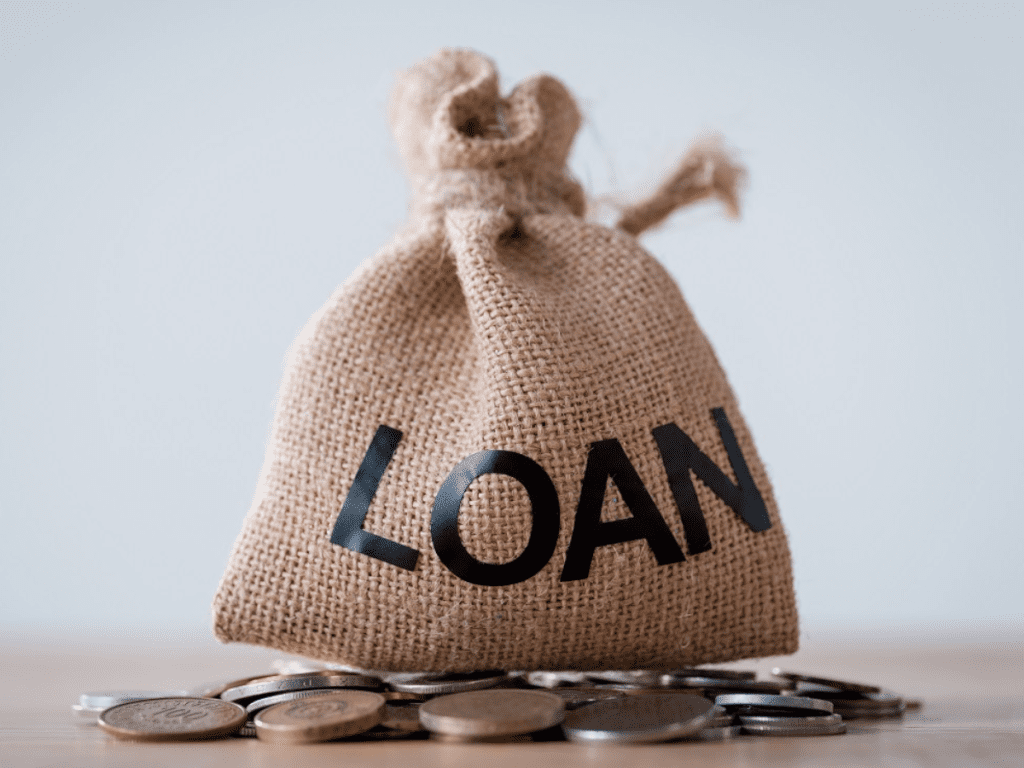Introduction
Managing multiple debts can be stressful and overwhelming, especially when each debt comes with its own interest rate and payment schedule. Consolidating debt with a personal loan is a practical solution that can simplify your finances, reduce interest rates, and provide a clear path to financial stability. This method involves combining various debts, such as credit card balances, medical expenses, or other high-interest loans, into one single payment. Here’s an in-depth guide on how to consolidate debt using a personal loan, its advantages, and considerations to keep in mind.
What Is Debt Consolidation?
Debt consolidation involves merging multiple debts into a single loan, typically with a lower interest rate and a fixed repayment term. Personal loans are often a popular choice for debt consolidation because they don’t require collateral and provide predictable monthly payments. This approach can simplify your financial obligations and potentially save you money over time.
Steps to Consolidate Debt Using a Personal Loan
- Understand Your Financial Position Start by taking stock of your financial situation. List all your debts, including the balances, interest rates, and monthly payments. Calculate the total amount owed and the interest being paid. This evaluation will help you determine if consolidating your debt with a personal loan is a viable option.
- Check Your Credit Score Your credit score will play a significant role in your ability to secure a personal loan with favorable terms. Higher credit scores typically result in lower interest rates and better repayment terms. If your credit score needs improvement, focus on making on-time payments and reducing existing debt before applying for a loan.
- Compare Lenders and Offers Research different lenders, including banks, credit unions, and online platforms, to find the best loan options. Compare interest rates, repayment terms, fees, and customer reviews. Prequalification tools can provide an estimate of the loan terms you might qualify for without impacting your credit score.
- Determine the Loan Amount Calculate the total amount you need to pay off your existing debts. Include any loan-related fees, such as origination fees, in your calculations to ensure you borrow the right amount. Borrowing too little could leave some debts unpaid, while borrowing too much might increase your financial burden.
- Submit Your Loan Application Once you’ve identified the best loan for your needs, complete the application process. Be prepared to provide documentation, such as proof of income, employment history, and details about your current debts. Lenders will review your application to determine your creditworthiness.
- Pay Off Your Debts After receiving the loan funds, use them immediately to pay off your existing debts. Ensure all accounts are settled to avoid lingering financial obligations.
- Stick to Your New Repayment Plan With your debts consolidated, focus on repaying the personal loan according to the agreed terms. Set up automatic payments or reminders to stay on track. Consistent payments will help improve your credit score and establish financial stability.
Benefits of Consolidating Debt with a Personal Loan
- Simplified Payments Consolidating multiple debts into one reduces the hassle of managing various due dates and payment amounts. This single-payment structure makes budgeting easier and lowers the risk of missed payments.
- Lower Interest Rates Personal loans often come with lower interest rates compared to credit cards and other high-interest loans. By consolidating, you may reduce the overall cost of your debt.
- Predictable Repayment Schedule Personal loans usually feature fixed repayment terms, so you’ll know exactly how much you need to pay each month and when the loan will be fully repaid. This predictability helps with financial planning.
- Improved Credit Utilization Ratio Paying off credit card balances can improve your credit utilization ratio, a key factor in determining your credit score. Additionally, making consistent payments on your personal loan positively affects your credit history.
- Reduced Financial Stress Simplifying your debt and potentially lowering your monthly payments can alleviate financial stress, allowing you to focus on achieving long-term financial goals.
Potential Challenges of Debt Consolidation
- Loan Fees and Costs Some personal loans come with additional fees, such as origination fees, which can increase the overall cost of borrowing. Be sure to account for these costs when evaluating loan offers.
- Risk of New Debt Consolidating your debt may give you a sense of relief, but it’s essential to avoid accumulating new debt. Continued use of credit cards or taking out additional loans can lead to further financial challenges.
- Extended Repayment Terms While a longer repayment term can lower your monthly payment, it may result in paying more interest over the life of the loan. Carefully evaluate the trade-offs.
- Temporary Credit Impact Applying for a personal loan involves a hard inquiry on your credit report, which can temporarily lower your credit score. Additionally, closing credit accounts after consolidation may affect your credit history.
Tips for Successful Debt Consolidation
- Set a Budget Create a realistic budget that accounts for your new loan payment and other financial obligations. This will help you stay on track and avoid falling back into debt.
- Avoid New Credit Resist the temptation to use credit cards or take on new loans after consolidating your debt. Focus on repaying your personal loan and building an emergency fund for unexpected expenses.
- Shop Around for the Best Deal Don’t settle for the first loan offer you receive. Compare terms from multiple lenders to find the best fit for your financial situation.
- Understand the Fine Print Review your loan agreement thoroughly to understand all terms and conditions, including fees, interest rates, and penalties for early repayment.
- Consider Professional Advice If you’re uncertain about your options, consult a financial advisor or credit counselor. They can help you evaluate your situation and develop a comprehensive plan to achieve financial stability.
Alternatives to Debt Consolidation
- Balance Transfer Credit Cards Some credit cards offer 0% APR balance transfer promotions, allowing you to consolidate debt interest-free during the promotional period. Be mindful of transfer fees and the promotional rate’s expiration.
- Home Equity Loans or Lines of Credit If you own a home, you may be able to use its equity to consolidate debt. These options often come with lower interest rates but require collateral, putting your home at risk if you default.
- Debt Management Plans Credit counseling agencies can help negotiate lower interest rates and monthly payments with creditors through a debt management plan. This option doesn’t involve taking out a new loan but may impact your credit score temporarily.
- Snowball or Avalanche Debt Methods These repayment strategies involve paying off debts one by one. The snowball method focuses on paying off the smallest balances first, while the avalanche method targets the highest-interest debts.
Conclusion
Debt consolidation with a personal loan can simplify your finances, reduce interest costs, and help you regain control over your financial life. However, it’s crucial to approach this strategy with a clear plan and disciplined financial habits to ensure long-term success. Evaluate your financial situation, research your options, and commit to responsible repayment practices. With the right approach, consolidating debt can be a stepping stone toward achieving financial freedom and peace of mind.

